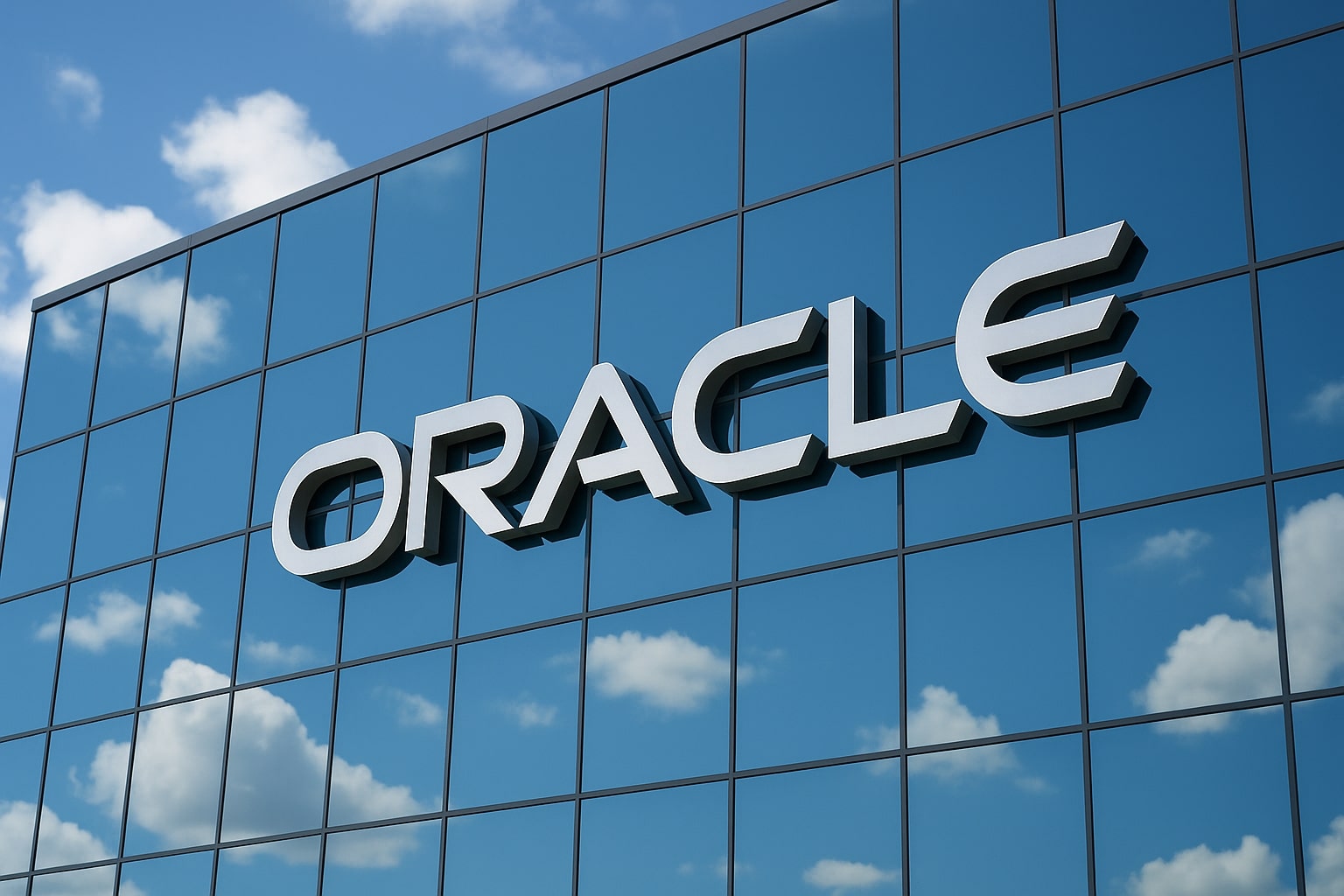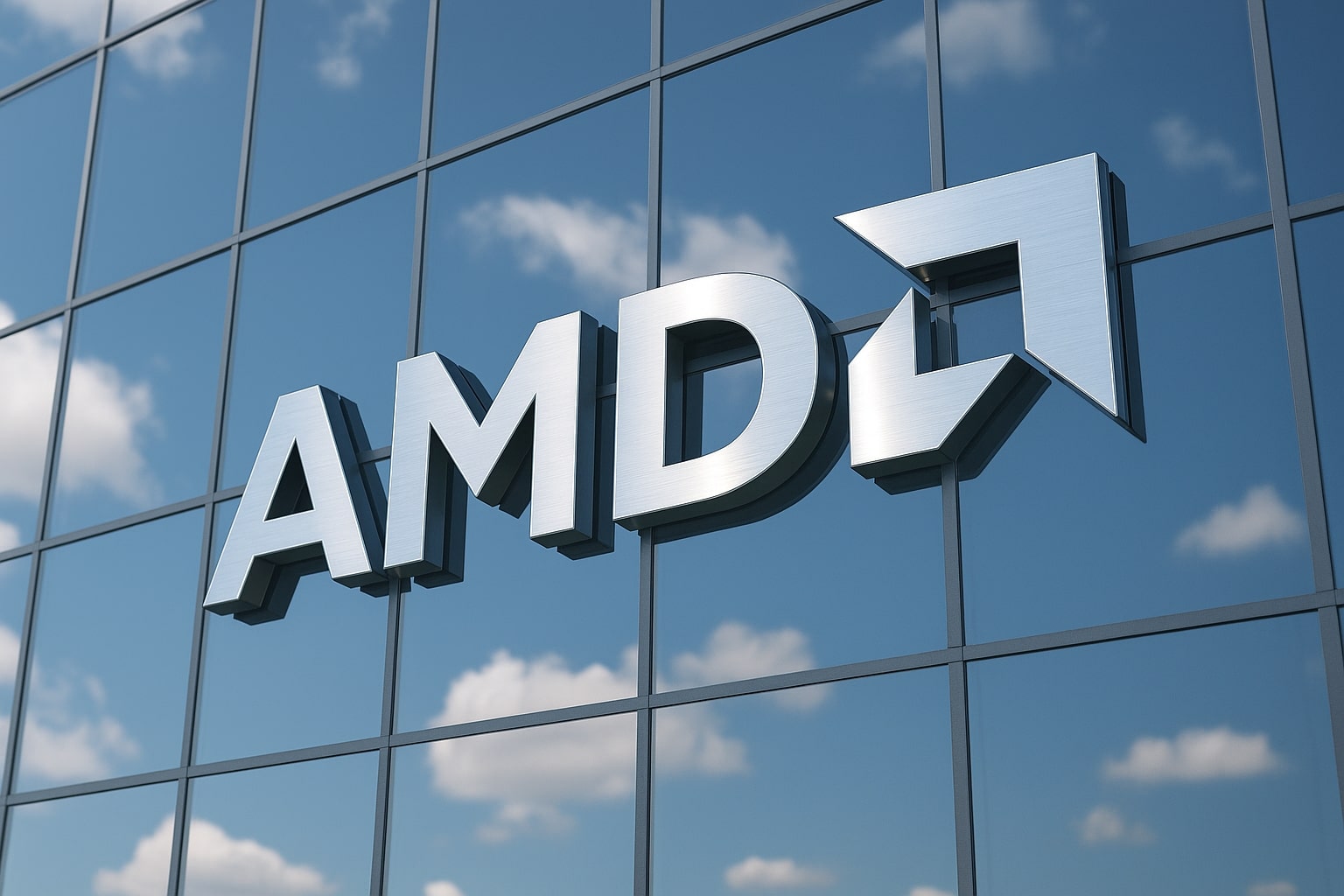
Meta Stock Price Forecast - META Shares Rises to $648 as AI Investment Drives Ad Growth
AI-driven efficiency boosts Meta’s ad revenue and user engagement; WhatsApp monetization emerges while $150B CAPEX sets stage for 2026 profitability surge | That's TradingNEWS
Meta Platforms (NASDAQ:META) Rebounds Toward $648 as AI Capex Surges, Ad Business Accelerates, and Valuation Turns Attractive
View real-time chart
AI Spending Surge and Market Repricing of Growth
Meta Platforms (NASDAQ:META) trades near $647.95, up 2.26% on the day, stabilizing after shedding roughly 25% from its October highs. The company’s market capitalization stands at $1.63 trillion, positioning it as the most undervalued member of the Magnificent 7 on a P/E basis. The recent sell-off stems from management’s aggressive capital expenditure forecast—nearly $150 billion in 2026, up from $19.4 billion in Q3 2025, a 108% YoY increase. Investors initially interpreted this as a threat to free cash flow, yet the data show otherwise: the firm’s AI investments are already generating revenue acceleration through improved ad efficiency and higher engagement metrics across Facebook, Instagram, and WhatsApp.
Q3 results reflected this transformation clearly. Revenue reached $51.24 billion, up 26.3% YoY, beating estimates by 3.7%. Ad impressions climbed 14%, the average price per ad increased 10%, and EPS surged 20.2% YoY to $7.25 despite record infrastructure spending. 98% of total revenue still derives from advertising, but the mix is shifting toward higher-margin placements driven by Meta’s end-to-end AI-powered ad tools, which now exceed $60 billion in annualized revenue throughput. CEO Mark Zuckerberg highlighted during the earnings call that “three giant AI transformers now drive recommendations across Facebook, Instagram, and Ads,” representing the foundation for Meta’s next phase of monetization efficiency.
Revenue Expansion and Monetization Power
Meta’s Family of Apps continues to scale globally, reaching 3.54 billion daily active people, an 8% YoY increase. Family average revenue per user climbed 18% YoY, showing that monetization is improving faster than user growth. Operating income rose 17.8% YoY to $20.5 billion, although margins compressed from 43% to 40% due to front-loaded AI infrastructure costs. The net income decline to $2.71 billion (-82.7%) was largely optical—driven by a one-time $15.93 billion deferred tax asset write-down related to changes in U.S. tax law. Excluding this, the effective tax rate would have been 14%, and normalized profit margins would remain robust.
Management guided Q4 revenue between $56–$59 billion, implying 18.8% YoY growth at the midpoint and signaling sustained engagement across platforms. Meta’s $44.45 billion in cash versus $28.8 billion in debt preserves balance sheet flexibility despite negative free cash flow of $1.89 billion in Q3, which reflected the investment surge into data centers and GPU capacity. Free cash flow dropped 88.3% YoY to $1.77 billion, but operating cash flow still improved 21.3% YoY to $30 billion, underscoring healthy internal liquidity generation.
AI Infrastructure Expansion and Real-Time ROI
The investment cycle is unlike the metaverse overbuild of 2021–2022. Meta’s current spending directly supports profitable products rather than speculative future technologies. AI models now drive both ad ranking and content discovery, improving user retention and engagement time—Facebook users spent 5% more time and Threads users 10% more in Q3. Meta’s AI data centers and custom silicon development are structured to scale capacity for inference workloads rather than experimentation. This ensures near-term monetization rather than delayed ROI.
AI-driven ad delivery improvements have also widened the spread between ad impressions and price per impression, signaling efficiency gains rather than saturation. As secular advertising continues its 9–15% global CAGR shift to digital, Meta’s platform, powered by AI optimization, retains pricing power even amid macro tightening. Analysts’ long-term revenue consensus forecasts ~14.2% CAGR through 2031, which may prove conservative given current ad velocity and WhatsApp’s nascent monetization potential.
WhatsApp: The Next Monetization Engine
WhatsApp remains a dormant asset now beginning to yield incremental revenue. With 1.5 billion daily users, ad placements in Status and Business API services are at early-stage rollout. Even a modest $2 ARPU implies over $3 billion annual incremental revenue, enough to offset substantial portions of incremental AI spending. Combined with Meta’s messaging ecosystem—Messenger, Threads, and Instagram DMs—this opens a parallel monetization layer that complements core feed advertising.
Macroeconomic and Currency Tailwinds
Meta benefits materially from the weakening U.S. dollar. The greenback’s 10% decline expected by 2026 (per RBC and Morgan Stanley) acts as a ~1% revenue tailwind per quarter due to Meta’s heavy international exposure. Additionally, the Fed’s dovish path—markets now pricing an 87% probability of a December rate cut—has eased discount rate pressure on high-CAPEX tech names. Inflation hovering near 3%, alongside slowing job growth, supports this liquidity environment. The cooling U.S. labor market also benefits Meta’s cost structure, lowering wage inflation and hiring costs for AI engineering talent.
Valuation and Comparative Positioning
At a forward P/E of 22.8x and P/S of 7.5x, Meta trades at a deep discount to peers like NVIDIA (NASDAQ:NVDA) at 38x, Alphabet (NASDAQ:GOOGL) at 28x, and Microsoft (NASDAQ:MSFT) at 33x. Even excluding the cash position, its EV/EBITDA ratio near 14x places it at a 30–40% discount to Magnificent 7 averages. The Family of Apps division, generating 49% operating margins, carries the business while Reality Labs continues to produce operating losses that obscure true profitability. If Reality Labs’ impact were excluded, Meta’s adjusted operating margin exceeds 50%, and the implied valuation falls to ~13x earnings for the core business.
Assuming FY2026 EPS of $34.50 (5–10% above current consensus) and a modest P/E of 22–25x, the stock’s justified valuation range lands between $760 and $860 per share. In bullish scenarios, with multiple expansion to 30x supported by AI monetization acceleration, NASDAQ:META could trade toward $1,000+, representing 50% upside from current levels.
Read More
-
Oracle Stock Price Forecast - ORCL Shares Tanks to $200 Amid Debt-Fueled AI Push — Cloud Backlog Holds Promise
28.11.2025 · TradingNEWS ArchiveStocks
-
XRP Price Forecast - XRP-USD Steadies at $2.20 as XRP ETF Demand Surges and Exchange Supply Tightens
28.11.2025 · TradingNEWS ArchiveCrypto
-
Oil Price Forecast - WTI (CL=F) Recovers to $59.23 While Brent (BZ=F) Steadies at $63
28.11.2025 · TradingNEWS ArchiveCommodities
-
Stock Market Today - Wall Street Rises as Dow Jones (^DJI) Climbs to 47,730, S&P 500 (^GSPC) at 6,842, and Nasdaq (^IXIC) Rebounds After CME Outage
28.11.2025 · TradingNEWS ArchiveMarkets
-
GBP/USD Price Forecast - Pound Climbs to 1.3240 as Dollar Falls and UK Budget Strengthens Fiscal Confidence
28.11.2025 · TradingNEWS ArchiveForex
Technical Setup and Market Sentiment
Technically, NASDAQ:META is rebounding from its long-term trend channel near $600, where buyers defended the support zone aggressively. RSI has climbed from 23 to 47.5 within a week, indicating momentum reversal. The 50-day moving average at $655 acts as immediate resistance, followed by $690, while downside support holds at $625 and $600. Trading volumes have normalized after the post-earnings selloff, showing institutional accumulation.
Sentiment among institutional investors remains positive — Wall Street analysts rate META 4.61/5 (Strong Buy), while quant models hold at 3.31 (Neutral) due to temporary margin compression. Insider transactions linked here show continued executive shareholding stability, with no major divestitures reported during Q4 filings, suggesting internal confidence in the long-term plan.
Risks and Regulatory Backdrop
Meta faces continued risk from European and U.S. regulatory pressure. Data privacy and AI-generated content laws could constrain ad targeting flexibility. Additionally, sustained CAPEX above $150 billion could challenge short-term free cash flow if revenue normalization stalls. However, Meta’s $44.45 billion liquidity buffer and 20.96% return on capital mitigate leverage risk.
Competition risk from TikTok, OpenAI’s Sora, and Google’s Gemini models remains, but Meta’s proprietary data advantage—spanning over 3.5 billion daily interactions—offers unique reinforcement for algorithmic improvement. This data moat, combined with cost leverage as GPU infrastructure scales, provides durable long-term protection against competitive disruption.
TradingNews.com Verdict
Meta Platforms (NASDAQ:META) remains one of the most mispriced large-cap growth stocks of 2025. The market’s reaction to the CAPEX ramp overlooks near-term monetization returns already visible in Q3 metrics. The firm’s AI integration, expanding ad efficiency, and currency tailwinds reinforce its structural advantage. Despite temporary margin compression, operating momentum, user growth, and valuation alignment all support a strong reacceleration into 2026.
Verdict: BUY — Target range $760–$860 within 12 months; long-term bullish bias toward $1,000 as AI infrastructure translates into compounding revenue and margin expansion.



















